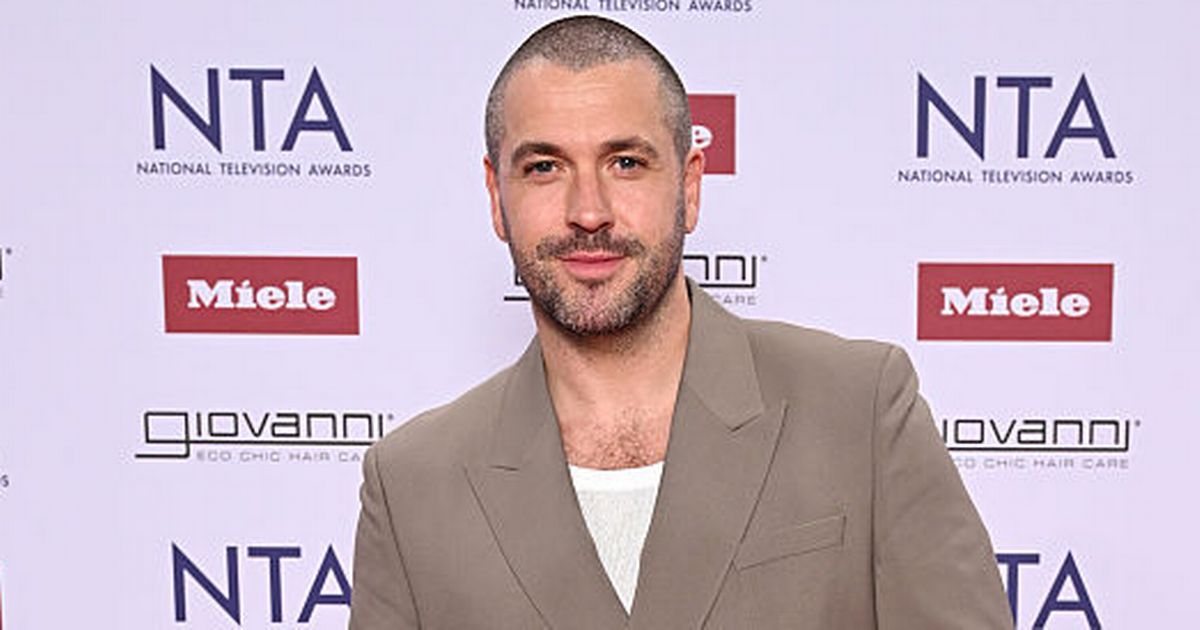By Swati Sharma
Copyright deccanchronicle

It was hailed as the miracle shot — a weekly jab that promised slimmer waistlines, steadier sugar control, and even protection for the heart. Instead, Ozempic has become the subject of a courtroom avalanche. Across the U.S., patients are suing Novo Nordisk, alleging the drug has left them with crippling side effects ranging from stomach paralysis to sudden blindness. The blockbuster’s meteoric rise has now hit a darker chapter, one that pits miracle claims against medical realities and has regulators scrambling to tighten safety warnings. Lawsuits Mount Abroad More than 1,000 lawsuits have been consolidated in U.S. federal court, with patients alleging that Ozempic caused gastroparesis (stomach paralysis), intestinal blockages, gallbladder disease, and vision loss linked to optic nerve damage. Court filings recount harrowing stories: daily vomiting that lasted months, drastic unplanned weight loss, or waking up blind in one eye. For many, the once promising drug has now turned into a life-threatening medical condition. What Doctors Are Seeing “Semaglutide delays gastric emptying as part of its mechanism,” explains Dr Kesava Reddy Mannur, Clinical Director – Metabolic & Bariatric Surgery, KIMS Hospitals. “That’s why nausea, bloating, or heartburn are common. In rare cases, it can progress to stomach paralysis.” “It would be a mistake for patients to abruptly stop therapy without medical advice. For most, the drug is safe and life-changing. But rare complications do remind us that no medicine is risk-free,” adds Dr Kesava. Dr Y. Jatin, Consultant Gastroenterologist at Apollo Hospitals, echoes the caution, “Observational studies have detected associations between semaglutide and both gastric motility disorders and optic nerve injury. These signals don’t prove causation, but they warrant careful monitoring.” Both doctors emphasise that most side effects are mild and can be managed with diet, hydration, or short-term medication. While severe cases are infrequent, it’s important to recognise the warning signs. A Delicate Balance Novo Nordisk’s blockbuster generated over $20 billion in sales last year. For many patients, semaglutide remains transformative — controlling diabetes, aiding weight loss, and protecting the heart. Yet for a growing number, the story ends in court. Ozempic stands as both hope and hazard, miracle and menace. Its rise is a reminder that in medicine, there are no miracles without trade-offs, and no blockbuster without scrutiny. While U.S. patients crowd courtrooms, India is watching a different battle. In Delhi, Novo Nordisk has sued Dr Reddy’s Laboratories and OneSource Specialty Pharma over alleged unauthorized imports and unlicensed production of semaglutide, Ozempic’s active ingredient. DRL has countered with a patent revocation plea, calling Novo’s claims an “evergreening” tactic. “The large number of diabetics necessitates a high-quality, affordable product,” says G.V. Prasad, co-chairman and managing director, DRL. “We are committed to bringing semaglutide generics to patients.” Natco Pharma has filed a non-infringement suit, arguing its formulations don’t breach Novo’s patents. For patients, the implications are straightforward: the availability of generics sooner leads to more affordable access. Regulators Respond EMA (Europe): Added sudden blindness (NAION) as a very rare side effect. FDA (U.S.): Strengthened warnings on gastric emptying, intestinal obstruction, and anesthesia risks; investigations continue into optic nerve damage. CDSCO (India): Tracking U.S. and EU updates but has not issued its own warnings. The numbers remain small: the EMA estimates NAION may affect 1 in 10,000 patients annually, while most gastrointestinal issues resolve. But the scale of Ozempic’s use — millions of prescriptions worldwide — makes even rare risks a public health concern.



